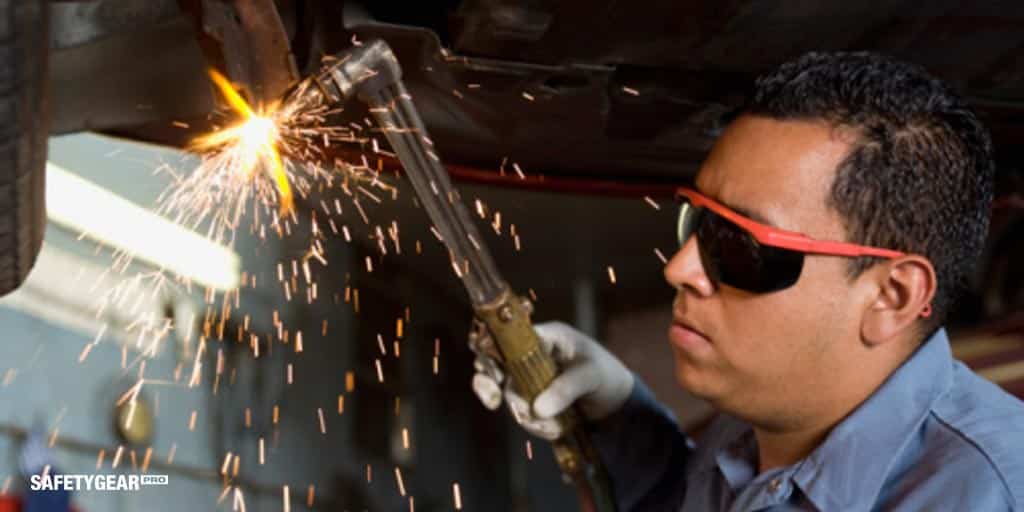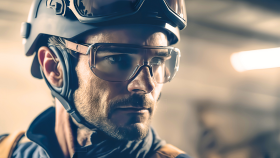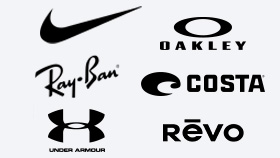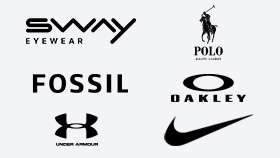Examining the Difference Between Welding Goggles and Sunglasses

A good pair of sunglasses do more than keep the sun out of your eyes. Though providing people comfort and control over their sunny surroundings, most made today protect your eyes against the harmful effects of the sun. There are lots of different types of glasses, offering different levels of eye protection.
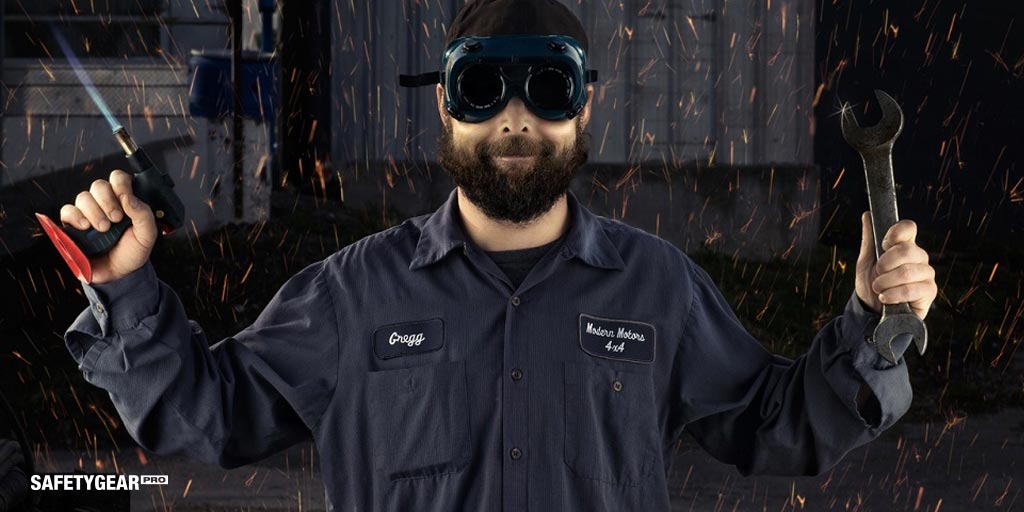
Welding glasses differ from sunglasses in several ways, which is why you generally won’t see people swapping out one for the other. Like the latter, welding glasses come in different types that speak to different capabilities. While both sets of glasses will offer some protection, if you suffer from overexposure to UV light radiation, you could experience symptoms in the following hours that include bloodshot eyes and light sensitivity.
Most people want to know more about these cousins of the eye coverage world. Here are some common questions that people ask, regarding these two types of glasses.
1. Why Do You Have To Wear Welding Glasses?
Welders wear welding glasses, or welding goggles, to protect themselves against the light and heat that are omitted during some types of welding and cutting. Without the goggles, over time this UV radiation will damage the eyes by heating the lenses and producing cataracts. These goggles also protect against sparks and other elements that might result from the work being done.
2. What Happens if a Welder Doesn’t Wear Goggles?
A popular myth is that welders go blind over time due to the circumstances of their work, though overexposure over time will yield bad results. While there is no definitive proof of the eyes getting worn out by welding, welders do risk serious damage to the eyes if they are left unprotected.
When welders don’t protect their eyes from the arc, they can suffer from welder’s flash, which is also known as photokeratitis. The result to the eyes absorbing this level of exposure could be temporary blindness, along with an extreme level of discomfort.
3. What’s the Difference Between These Two Types of Eyewear?
There are substantial differences between these two products, even though there is also some overlap in usage. The materials that are used to make each product are different. The lenses in welding glasses are mostly composed of Didymium, which operates as a band filter material that absorbs the yellow light at 589 nanometers. Didymium is a robust material that also protects against flame and sparks because it is thick, tough and puncture-resistant.
The glasses that you wear at the beach for sun protection are made from high-index plastics, polycarbonate or Trivex. Though lenses can have different weights, these materials ensure protection from UV radiation. They’re designed to reduce glare as the sun’s rays are not acute, like welding sparks but constant.
A difference between the two types of glasses lies in the Didymiym’s ability to block not only light but heat, too. Welding glasses block up to 90 percent of exposure to light and heat, protecting the cornea and the retina. Glasses made without Didymium cannot offer you this level of protection against heat.
4. How Dark Should Both Types of Glasses Be?
As for metal-cutting work, there are different shades for different types of work. When welding, welders should be using shades eight to thirteen. When cutting, shade five to eight is appropriate and while grinding, shade 5 is appropriate.
As far as those other glasses, the tint should block between 75-80 percent of the light coming in. This doesn’t necessarily mean that they are giving you the total UV protection that you need. The only glasses that can offer you total UV radiation protection are rated at UV400.
5. Can You Replace One Set of Glasses With the Other?
In reality, while both types of glasses provide comfort and offer protection to your eyes, they have different purposes. The sunglasses that you wear for protection repel harmful UV rays from the sun, while welding glasses protect against the optical radiation produced by the welding, including heat, sparks and flame.
You could, in fact, wear welding glasses to the beach or any other place you wanted to protect yourself from the sun. They would be most fitting, possibly, if you were riding through the desert in a dune buggy because the goggles would stay put and protect your eyes from the sun and any debris.
On the other hand, you wouldn’t want to wear any other type of glasses when welding unless they were specially made with Didymium.
Whether you’re looking for sun, safety or cycling glasses or safety goggles, the need to protect the eyes under all circumstances to the best of your abilities is tantamount to keeping your vision healthy. Drop by the Safety Gear Pro Website today to see their full inventory of safety eyeglasses and ensure that your eyes are protected tomorrow.
